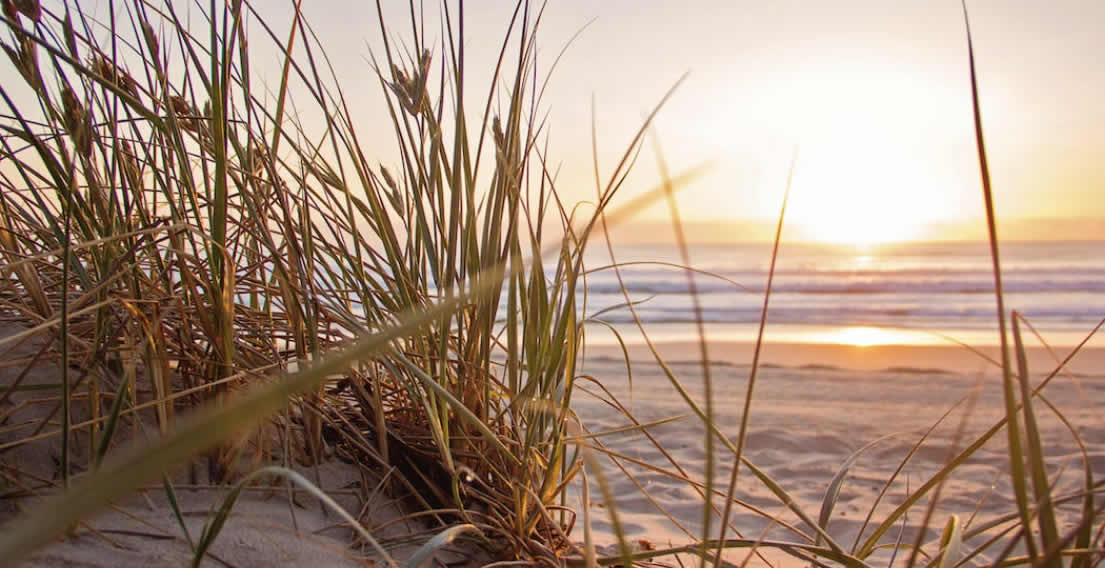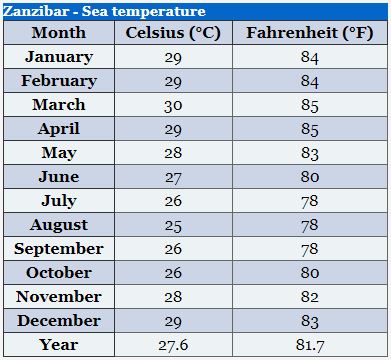A Guide to the Ideal Weather and Time to Visit the Archipelago
Despite the absence of autumn and winter seasons,
Tanzania has its own weather patterns: dry and blustery seasons. The dry winter season begins in late December and continues until the beginning of February. The weather is hot and dry during this time. Christmas and New Year's Eve on the beach can be very entertaining and exciting in Zanzibar.
However, these times are also very popular, so it's best to reserve your hotel early. For the Zanzibar islands, it’s advised to make reservations six months in advance. Why is it so popular this time of year? Because the weather is ideal for the beach! The weather is warm, the sun is almost always shining, and the ocean waters are clear and beautiful.
The rainy season begins at the beginning of March the mid until June Despite the fact that it will rain at some point during this season, this does not mean that it will rain all day or every day. In the event that it does rain, it may only rain in the morning, and the afternoon will be beautiful and sunny. Or, it could rain for several days in a row and then not rain for a week; the weather isn't completely predictable, but it's more likely to rain at this time. Because of this, it is typically much simpler to book accommodations on the islands because they are not as crowded, and you might even be able to get discounts during the off-season!
June marks the beginning of the dry summer. The climate along Tanzania's coast in June is very pleasant. Despite our use of the term "summer" for readers in the northern hemisphere, Tanzania experiences cooler weather from June to August (with the warmest weather occurring from December to February). Tanzania being arranged on the equator, 'cool climate' is still bounty warm enough for jumping, and swimming in the Indian Sea. July and August are more active times in Tanzania, so it's really smart to book lodgings straightaway.

The downpours return in October or early November. This rainy season typically lasts only until the beginning of December, which is much shorter than the other rainy season. The brief periods of rain can be heavier and occasionally result in downpours, despite the fact that they rarely last the entire day. The good weather returns by the middle of December, and the annual cycle begins all over again.
A quick chart to help explain Tanzania's seasons is provided below:

What to do on the islands during the rainy season?
The best weather and time to Visit Zanzibar – Archipelago Guide
What can you do on the islands when it rains?
It's not so bad to visit the islands during the rainy season. Consider the numerous advantages of taking a vacation outside of peak season:
Hotels offer significant price cuts during the rainy season, sometimes by as much as fifty percent! Stay in some of Zanzibar's most famous and expensive hotels for a fraction of the price right now. During the rainy season, there are fewer tourists to Zanzibar and other Tanzanian islands.
Choose the spring and autumn seasons to avoid crowds if you prefer a quiet getaway. You can always go to Stone Town for amazing food, interesting history, or traditional music if your plans for a day at the beach fall through.
Visiting famous caves, where slaves were smuggled during the slave trade nearly a century ago, is another option. Depending on the activities you want to participate in, you can visit Tanzania's beautiful beaches at any time.

Why are you still waiting? Make plans now to visit Tanzania!
